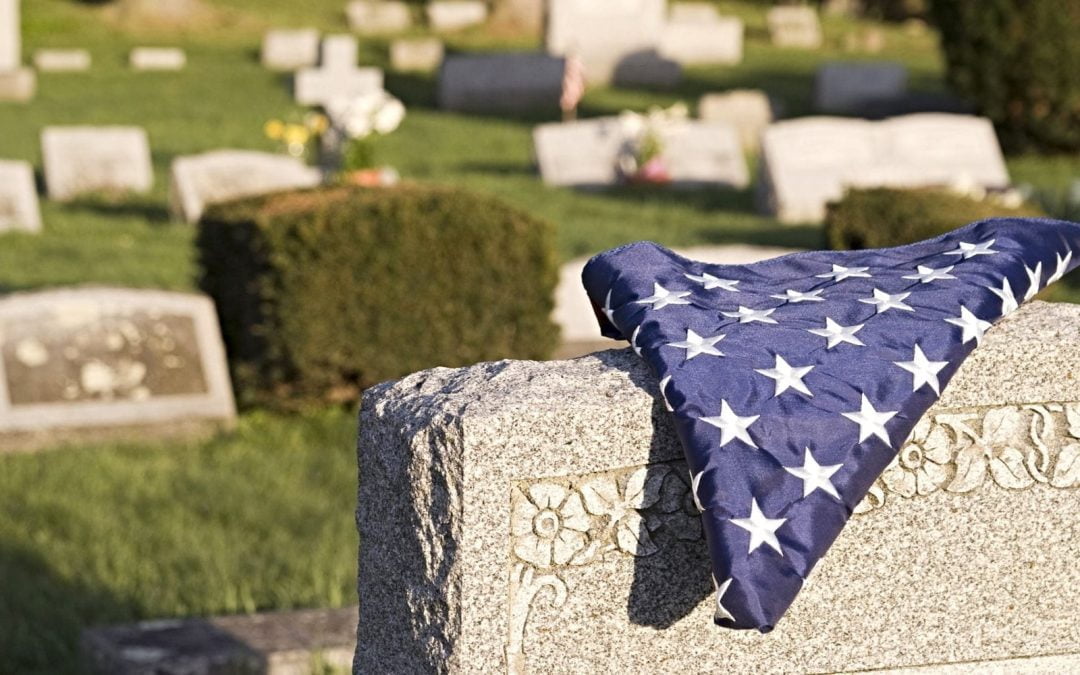I am a big fan of ritual, especially when it has the capacity to convey meaning that might otherwise have been left unexpressed.
Such ritual exists in abundance in my own tradition and in other faith traditions as well.
Ritual in social interactions may vary from society to society, but every one of them has some version of “I see friends shaking hands, saying how do you do; they’re really saying, ‘I love you.’”
In my opinion, there is no more expressive ritual than a military burial in Arlington National Cemetery.
I have attended almost every variation of interment and inurnment and, for a few years, even served as the officiant when Jewish chaplains were unavailable.
My own discomfort with placing cremains in a columbarium, often months after death, led me to relinquish the contract. I am always moved by the ceremony and by the exquisite detail with which it is conducted.
With full honors, a caisson with the casket aboard is pulled by a team of horses behind a mournful marching band. With simple honors, the deceased is delivered to the graveside by hearse.
In either circumstance, as the flag that adorns the remains passes, those in uniform salute and those in civilian garb – like me – place their right hands over their hearts until it passes.
Next to the bereaved, on the arm of a uniformed escort, stands the wife of an officer past or present.
She is an Arlington Lady, a sweet anachronism, who stands in support of the survivors and delivers oral and written condolences.
Many times, I have seen these volunteers provide the necessary unscripted comfort to families both buoyed and mystified by the formalities.
An honor guard carries the casket to the grave and places it on the lowering device.
The flag is stretched above the casket, and whatever service is to be conducted takes place.
The rifle volleys fire, and “Taps” play. The graveside is very quiet.
For me, no matter how much respect I have tried to show to the flag, no matter how startled I am by the volleys, no matter how saddened I am by the bugler’s call, the most important moment is yet to come.
The honor guard, still holding the flag taut, folds it in very specific movements until it is shaped into a crisp triangle.
In measured steps, with military bearing, the leader of the team approaches the next of kin, drops to one knee, presents the folded flag and says, quietly and gently, “On behalf of the president of the United States, the United States (Army, Marine Corps, Navy, Air Force or Coast Guard) and a grateful nation, please accept this flag as a symbol of our appreciation for your loved one’s honorable and faithful service.”
There is no more powerful moment in which so many aspects of American life intersect, including the acknowledgment of the importance of every life.
Every veteran leaves something of herself or himself on the altar of national defense. The most fortunate never see combat. The next fortunate see combat but survive it. The least fortunate make the ultimate sacrifice.
Those who are interred among the veterans in Arlington (or, for that matter, in any national cemetery) spend their last few moments in the sight of their loved ones under the canopy of the flag, which covers them like the purple cloth covered the altar in the Tabernacle (see Numbers 4:13).
In order for ritual to be effective, it must carry meaning for those who perform or witness it.
Lost in our era is a visceral connection to the Tabernacle and the Temple. Losing in our day is the visceral connection to waving a palm branch, kissing a fallen prayer book, reciting the descriptions of rituals past.
But essential to the renewal or innovation of the rituals that sustain us is the moment when the pomp and history distill into the human connection that creates some version of an opportunity for a young person, likely unknown, to drop to eye level with a stranger and recite words appropriate to the circumstance that mirror these:
“On behalf of the president of the United States, the United States (Army, Marine Corps, Navy, Air Force or Coast Guard) and a grateful nation, please accept this flag as a symbol of our appreciation for your loved one’s honorable and faithful service.”


